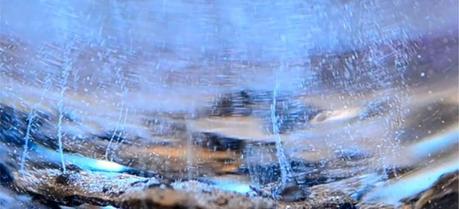 A study by the University of Leicester identifies a new method to optimize fracking. (Credit: See citation at the end of this article)
A study by the University of Leicester identifies a new method to optimize fracking. (Credit: See citation at the end of this article)A study by the University of Leicester has identified a new method to optimize fracking, improving gas yields and reducing environmental impacts.
A team from the University of Leicester and the British Geological Survey have looked into what else comes out of fractured Bowland shale other than methane.
SEE ALSO: Study Suggests Using Industrial Waste for Fracking
The organic content of shale has become of commercial interest as a source of hydrocarbons, owing to the development of hydraulic fracturing (fracking). While the main focus is on the extraction of methane, shale also contains significant amounts of Non-Methane Hydrocarbons (NMHC).
Samples from the Bowland-Hodder formation (Lancashire, England) were analyzed under different conditions of temperature, fracking and humidity using mass spectrometry to follow the dynamic process of gas release upon fracturing of the shale. A wide range of NMHC was observed.
The research has been published in the journal Environmental Science and Technology (see footnote).
Professor Paul Monks, from the University of Leicester’s Department of Chemistry said: “Our results indicate that higher energy inputs (i.e. temperatures) significantly increase the amount of NMHC released from shale, while humidity tends to suppress it; additionally, a large fraction of the gas is released within the first hour after the shale has been fractured. These findings suggest that other hydrocarbons of commercial interest may be extracted from shale and open the possibility to optimize the ‘fracking’ process, improving gas yields and reducing environmental impacts.”
Professor Mike Stephenson, Director of Science and Technology at the British Geological Survey said: “These results show that it might be possible to influence the outcome of fracking to improve the amount of gas we get and the kind of gas. Gases like ethane are useful in industrial manufacturing, beyond their use for energy.”
Sommariva, R., Blake, R., Cuss, R., Cordell, R., Harrington, J., White, I., & Monks, P. (2014). Observations of the Release of Non-methane Hydrocarbons from Fractured Shale Environmental Science & Technology, 48 (15), 8891-8896 DOI: 10.1021/es502508w
